With warm summer days approaching quickly, many of us will be spending time on the beach! What better food to eat on the beach other than crab! Crab is a very tasty, healthy meal. An average blue crab contains around two ounces of meat. Crab meat is an excellent source of high quality protein, vitamins and minerals that are needed for good nutrition. Blue crab includes phosphorus, zinc, copper, calcium, iron, and it is very low in fat. Three ounces of canned crab includes 15 grams of protein and only point zero five grams of fat!
Crab varieties that are harvested from Texas bays and the Gulf of Mexico are the blue crab and the stone crab. The blue crab can either be hard or soft- shelled, and it is harvested year round. Soft-shell crabs are crabs that have molted. The meat is sweet and tender. Stone crabs are harvested almost year round. The claw meat is tender, sweet and close to lobster. In Texas, only the right claw of the stone crab can be kept and the crab must be returned to the water.
Soft-shell crabs have an exoskeleton, which is on the outside of the body. For a crab to grow, it molts, shedding the hard shell. When the crab has molted, it is then called a “soft- shell” crab. A female crab molts until it is old enough to mate. She will molt one last time, and then mate while the shell is still soft. The male protects the female crab by holding her, this is known as “Doubling.” The male will stay with her until her shell hardens. Male crabs can molt about 25 times throughout their lifetime.
A “sponge” crab is a female crab that carries eggs and cannot be harvested. An adult female blue crab is known as a “sook”. A young female crab is called a “she-crab” or “Jenny.” The male crab is called “Jimmy.”
The external anatomy of the blue crab includes walking legs, claws, and back (paddle) legs. The visual difference between the female and male blue crabs is that the females have pinchers with red tips and a wider apron than the male blue crab. All crabs are decapods, which means that they have 10 legs. Blue crabs move mainly by swimming, while stone crabs are walkers. Crabs can regenerate a lost limb.
All crabs eaten in Texas are harvested from coastal waters by either commercial or recreational fishermen. The more common crab caught in Texas coastal water is the wild-caught blue crab. They are harvested traditionally using crab traps. Next time you are craving crab, try local crab that was caught in Texas!
Extension Specialist
Contact: Dr. Larry Stein
Phone: 830.278.9151
Email: Larry.Stein@ag.tamu.edu
Contact: Nikki Fitzgerald
Email: nikki.fitzgerald@ag.tamu.edu

